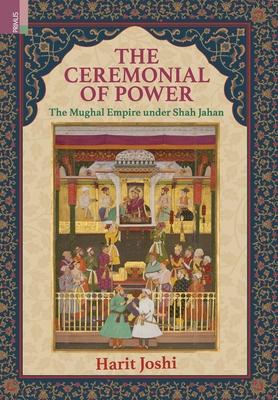The Ceremonial of Power studies the court ceremonial during the reign of the Mughal emperor Shah Jahan (1628-58) and its use as an indispensable tool in asserting imperial authority. It examines Shah Jahan's portrayal in contemporary and later historiography through an analysis of the writings of the court chroniclers, the colonial administrator-historians, and their Indian counterparts. The volume sheds light on different features of the emperor's personality that emerge from the official discourse as well as other significant aspects of his reign: Shah Jahan's passion for architecture and the layout of his court; the emperor's relationship with his courtiers and their daily interactions; Shah Jahan's religious views and their influence on court proceedings; the ceremonial nature of his diplomatic exchanges with the other major empires of the contemporary Islamic world; and finally, how Mughal court ceremonial was reappropriated in the following centuries, first by the successor states, and then by the British.

The Ceremonial of Power: The Mughal Empire under Shah Jahan
The Ceremonial of Power studies the court ceremonial during the reign of the Mughal emperor Shah Jahan (1628-58) and its use as an indispensable tool in asserting imperial authority. It examines Shah Jahan's portrayal in contemporary and later historiography through an analysis of the writings of the court chroniclers, the colonial administrator-historians, and their Indian counterparts. The volume sheds light on different features of the emperor's personality that emerge from the official discourse as well as other significant aspects of his reign: Shah Jahan's passion for architecture and the layout of his court; the emperor's relationship with his courtiers and their daily interactions; Shah Jahan's religious views and their influence on court proceedings; the ceremonial nature of his diplomatic exchanges with the other major empires of the contemporary Islamic world; and finally, how Mughal court ceremonial was reappropriated in the following centuries, first by the successor states, and then by the British.